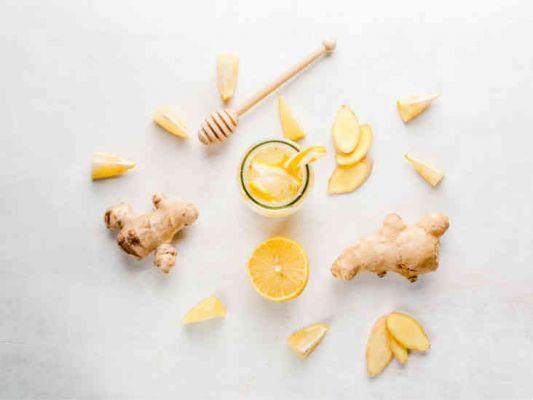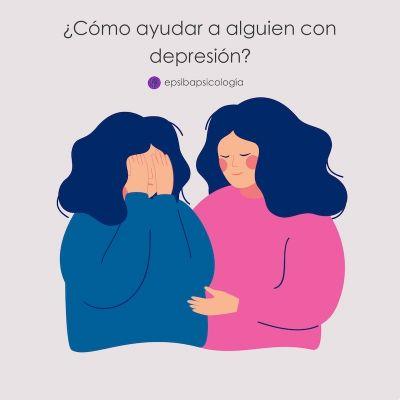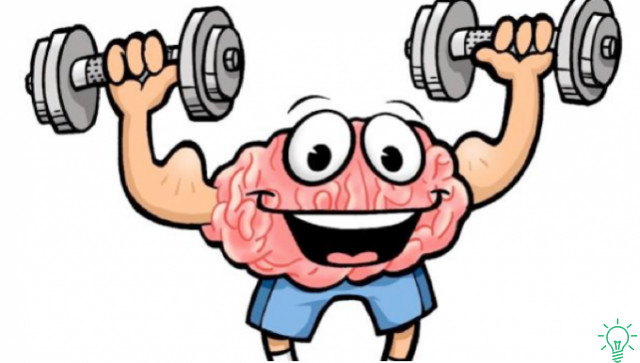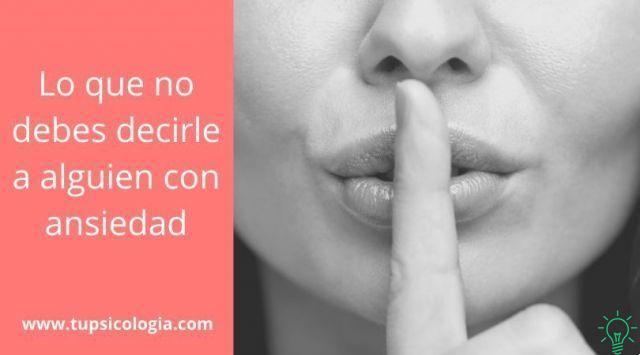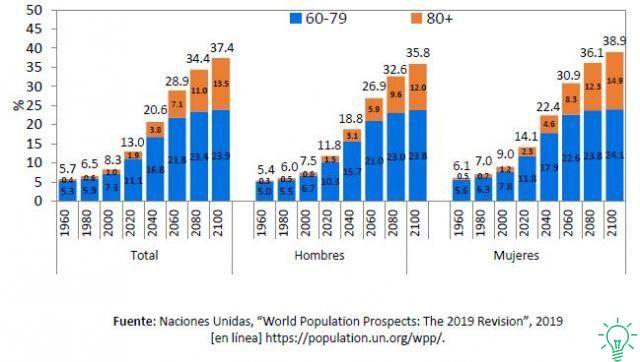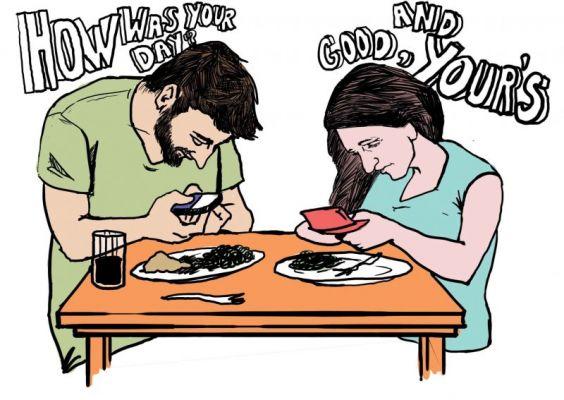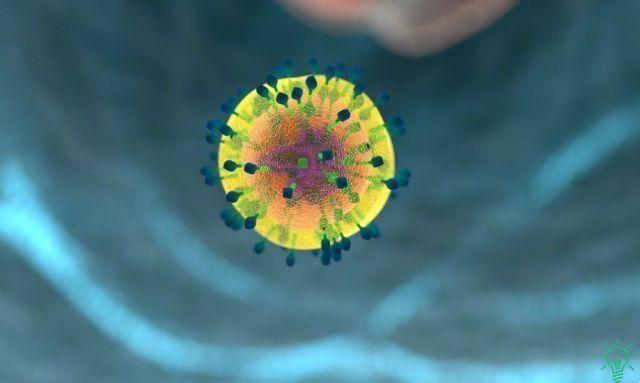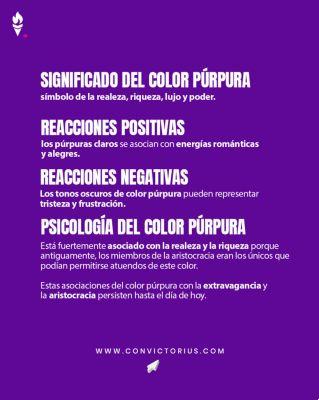
Red, blue, green, yellow, black… Each color has a meaning in society and an effect on our minds. Let's discover together the meaning of colors in psychology.
Each color has a different effect and use...
A good rule of thumb for many Westerners is this: wear black to a funeral. Black, in this context, means solemnity; it is how we show that we are grieving and that we respect those around us. Weddings, on the other hand, are known for white, but only for the bride! While the bride wears white to symbolize purity and uphold tradition, wearing white as a guest is often seen as an attempt to deflect attention from the ceremony, which can be considered a serious insult depending on the company.
The wardrobe, of course, is far from the only place in our lives where color comes into play. But the point is always the same: color is vital to the human experience. Through color, we feel, communicate, heal. The advertiser uses it to sell products; those who apply it in schools and offices use it to increase productivity.
When it comes to communication, color is unbeatable. Regardless or not, color can evoke emotions, inspire reactions and change ways of thinking. It can excite or calm your mood, raise or lower your blood pressure, and even whet your appetite! Whether it is innate or comes from experience, it is undeniable that color has a vital impact on the way we live our lives.
The meaning of colors in psychology:
As we said, color is far from being just a visual experience; it can affect your mood, your desires, your reactions, etc. However, such a powerful tool is wasted if you don't know how to use it effectively.
Knowing the meaning of colors in psychology, including the various shades and hues popular with producers and consumers, is crucial!
Consider the following list as a kind of index. This will be your reference point from which to navigate the depths of color psychology.
The meaning of red color in psychology
From the beginning of the rainbow to the ubiquitous advertising of Valentine's Day, red remains one of the most striking colors in the visible spectrum. As a primary color, red is a color in its own right, meaning that no other color can come together to form a perfect red. In RGB, red is made up of 100% red, 0% green, and 0% blue.
- It is associated with energy, war, danger, strength, power, determination, passion, desire, and love.
- It improves human metabolism, increases respiratory rate and increases blood pressure.
- It draws attention more than any other color, sometimes it means danger.
The meaning of green color in psychology
Green is the primary color that alludes to our primitive relationship with the world's first creation: nature. Considered the key color that represents purity, health, and freshness, green has traditionally been associated with brands that foster growth, vitality, and productivity (think Starbucks and EverNote!). Delicate, invigorating and relaxing, green also represents connection. Connection with ourselves, with the moments of tranquility of our lives, with nature itself. It is no mere coincidence that people flee the concrete jungle of big cities to break away from the mundane and connect with nature. Green signifies the return to the primordial roots, to the pristine realm of inner peace and tranquility.
- It is the color of nature. It symbolizes growth, harmony, freshness and fertility.
- Considered beneficial for the mind and body.
- It slows down the human metabolism and produces a calming effect.
- Strongly associated with tranquility and calm.
- It is used to symbolize piety and sincerity.
The meaning of the color of blue color in psychology
Unlike its sibling red, blue is a primary color associated with calm or serenity rather than intensity or passion. When asked to visualize a calm scene, people are likely to immediately imagine a large amount of blue, usually in the form of a still body of water. Reflective and static, blue represents a feeling of inner reflection. Much research has indicated that this impact on the body is reversed from red, resulting in a reduction in heart rate and slowing of metabolism.
- It is a unique and authentic color.
- Associated with ideality, spirituality and sincerity. Values unity and integrity in relationships.
The meaning of purple color in psychology
And so we come to our first secondary color. A beautiful combination of red and purple, purple sits exactly in the middle of the color wheel, though varying each amount can result in new hues.
True to the red color of its parents, purple is often associated with luxury and power. However, in contrast to red's tendency to reflect the material facets of power and ambition, purple elevates royalty and nobility. Shades of blue bring a sense of relaxation and stability, which together with the energy of red is synthesized to create a sense of wisdom and common sense.
- It combines the stability of blue and the energy of red.
- Associated with royalty. It symbolizes power, nobility, luxury and ambition.
- It transmits wealth and extravagance.
- Associated with wisdom, dignity, independence, creativity, mystery and magic.
Speaking of creativity, don't forget to follow us on Instagram and Facebook!
The meaning of brown color in psychology
Moving on to a more serious and impressive color, we come to brown, which no longer makes us think of youth and illusion. Traditionally associated with seriousness, stability, and wisdom, brown is primarily worn by people who command respect and appreciation through their status. When one thinks of this color, one might imagine a father figure or a grandfather in the midst of the family. Because families are all about the stability and resourcefulness of the main male figure, most people feel secure and stable when they think of brown. Even father figures who are past a certain age exude a sense of stability, but in a material sense: they have accumulated life experience that manifests itself in possession and financial gain. Most people feel safe around people who wear brown because they represent seriousness, trust, and support.
- Associated with the traits of reliability, stability, and resilience.
- Lovers of brown are usually reserved and do not try to attract attention.
- While light brown represents honesty and stability, dark brown is considered mature, predictable, and boring.
The meaning of yellow in psychology.
"He's so bright" - Have you ever wondered where the association between increased mental abilities and this particular visual adjective comes from? Yellow, the brightest color in the spectrum, is commonly used in images that represent fresh ideas, creative projects, or new business ventures. You probably already know the prototypical image of someone brainstorming, who is connected to a bright yellow light bulb! This is not a random association: yellow has been scientifically proven by studies aimed at improving mental activity and increasing awareness and energy levels. The brightness of this color "unlocks" mental blocks and encourages people to seek new perspectives, abandoning monotonous ways of looking at the world. You can think of yellow as the main color of the morning hour, when you are most attentive, insightful and analytical, and when you have the opportunity to create a new day in your life. And don't take my word for it: studies have linked yellow to increased left-sided brain activity, which is considered the power of rational thought!
- Associated with joy, happiness, intellect and energy.
- It produces a warm effect, awakens joy, stimulates mental activity and generates
muscle energy - Bright, pure yellow is an eye-catcher, which is why taxis are painted this color.
- If used in excess, yellow can have a worrying effect.
- Babies are known to cry more in yellow rooms.
- Yellow indicates honor and loyalty. Later the meaning of yellow was linked to cowardice.
The meaning of orange color in psychology
Bright and persuasive, orange results from the combination of yellow and red. As we saw in the previous section, yellow denotes optimism and joy, while red can suggest intense feelings of love and even dominance. Orange is at the center of these extremities: it promotes rejuvenation, communication, and positivity. This color also favors extraversion, allowing people to free themselves from their inhibitions and express themselves more freely.
- Combine the energy of red and the joy of yellow.
- Associated with joy, the sun and the tropics.
- It represents enthusiasm, charm, happiness, creativity, determination, attraction, success, encouragement, and stimulation.
The meaning of the color pink in psychology
One of the sweetest but most contradictory colors, pink is a color that varies greatly depending on the context. Pointing this out, however, remains simple. Although it has a lot of hues and facets, pink is best known for being a pale red mixed with white.
- This is a color that represents a kinder and more peaceful type of love.
- Pink represents tenderness, vulnerability and youth.
- It is a calming color, not threatening. It is related to innocence, hope and optimism.
- The color pink also represents positive aspects of traditional femininity such as education and kindness.
- Pink can be related to the sweetness and innocence of childhood, sometimes appearing naive or silly
The meaning of white color in psychology
By making a radical change to the opposite end of the color spectrum, we finally arrive at white. Unlike its darker predecessors that exuded mystery, white is the universal symbolic color of purity, integrity and innocence. It makes us think of new beginnings, of perfection, but also of elegance and serenity. When you have a blank canvas free of all imperfections, you have the freedom to start something new, let your ideas take shape, and move in any direction you want. White is very creative and invites reflection, openness and awakening. It is a fantastic color for those who want to declutter their minds and their spaces, which is why it is usually associated with cleanliness and order. The wedding dress and scrubs are also white because they represent purity, order, and offer comfort and hope. Similarly, white is also widely found in medical offices because it gives a sense of efficiency and perfect cleanliness, helping patients build trust in the services doctors offer.
- Associated with light, goodness, innocence, purity and virginity.
- Considered the color of perfection.
- It means security, purity and cleanliness.
- It usually has a positive connotation.
- It can be a successful start.
- It represents faith and purity.
The meaning of black color in psychology
Turning to black, one of the most complex colors in terms of meaning in psychology, we realize that there is no precise interpretation when it comes to this color. Black is very versatile and depending on the angle you approach it from, it can look elegant, mysterious or even depressing.
- Associated with power, elegance, formality, death, evil and mystery.
- A mysterious color associated with fear and the unknown (black holes).
- It usually has a negative connotation (blacklist, black humor, "black death").
- It denotes strength and authority; It is considered a very formal, elegant and prestigious color.
- The symbol of pain.
For other articles on psychology
If knowing the meaning of colors in psychology was not enough for you, we invite you to visit our section dedicated to psychology:
psychological healthThey may be interested in:
- Psychology: not responding to messages, meaning and motivations
- Sex positions and psychology: sex reveals who you really are
- I want to bite: Psychology explained
- Male-Female Friendship: Psychology, Tips and Tricks
- Difference between loving and loving - Psychology
- Coronavirus: the meaning of the image spread by the media




